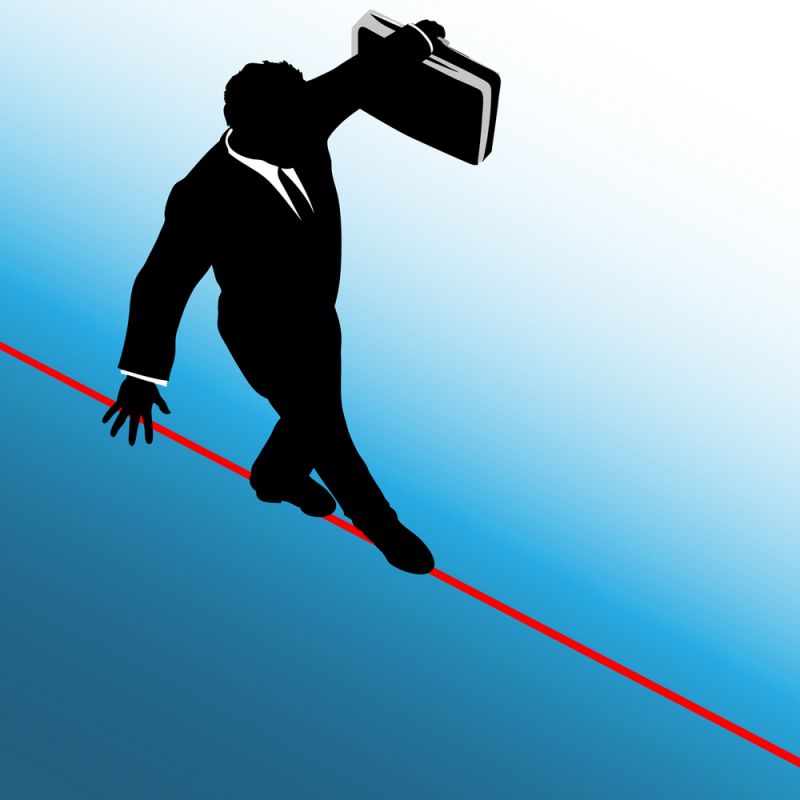Over the last 10 days, the Average True Range (ATR) of a 60-minute bar in the NASDAQ futures has increased from around six points to 18 points. Why might this be important to know, even if you don’t trade that particular market?
You may have heard the phrase “More is different.” It means that incremental changes can make a qualitative difference, not just an arithmetic difference. An example of this is when the temperature of water drops from 33 degrees to 31 degrees – liquid becomes solid.
This “more is different” thing is one of the key principles of modern complexity theory. Of course, this consideration doesn’t apply in all situations, but it does matter when dealing with the trading environment, a situation that requires managing risk.
Protect Against Objectivity Loss
I recommend using stops to define and limit risk. They should be placed at the same time or immediately after one’s entry. The idea is to get your protection quickly, and well before the onslaught of greed and fear causes us to lose objectivity.
If you have been using a fixed stop to trade your favorite market, however, you may be having difficulty now. That’s because you probably chose it during a period of lower volatility. Or you may have just decided on the number because some experienced trader told you that’s what he or she uses.
The Case of Trader Barb
That’s exactly what happened for a client, Barbara, who recently told me she was using a 7-tick stop to trade the NASDAQ futures on a 2-minute chart. She complained that she was getting stopped out all the time. Her mentor, a famous trader, had advised it, so she never thought the stop itself might be the problem.
At the time, the ATR of a 2-minute bar fluctuated between six and 12 ticks, depending on the time of day, so normal market noise triggered her stop.
Recently, however, a 2-minute bar on the NASDAQ futures has an ATR between 12 and 25 ticks. Now, Barb is noticing good setups, but then passing on them. Why? Because the increased volatility changes the character of the market for her. It’s no longer a field of opportunity; it’s more like a minefield.
Here is A Suggestion
Use the ATR of your market and timeframe to help you determine your risk on a trade. The general rule of thumb is to use 1.5-2 ATR’s for an initial stop, but this actually depends a lot on your entry method.
By the way, if you can’t tolerate this amount of pullback from your entry, it’s possible that your position size is too large. Reduce it until a normal amount of volatility causes you very minimal stress.




